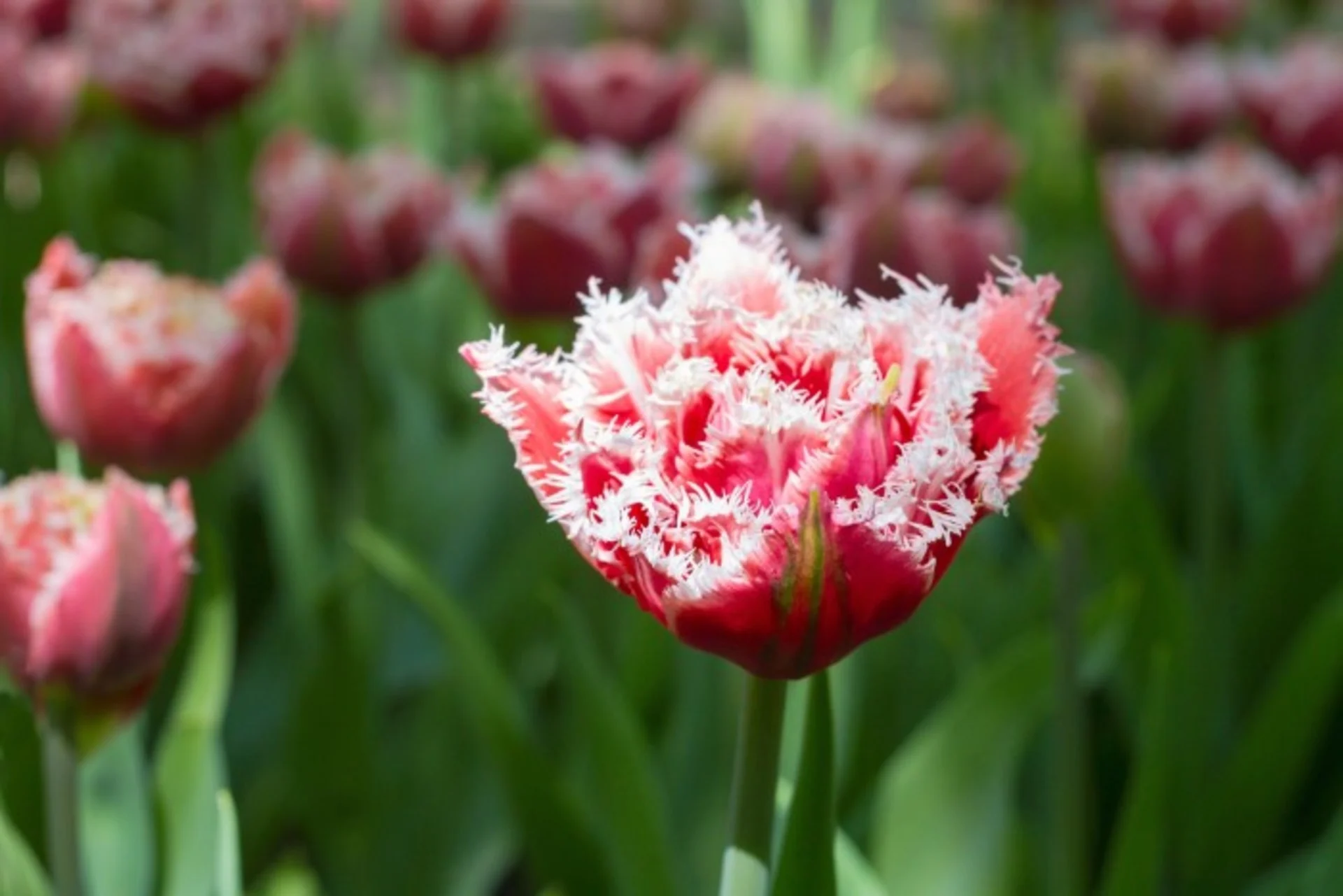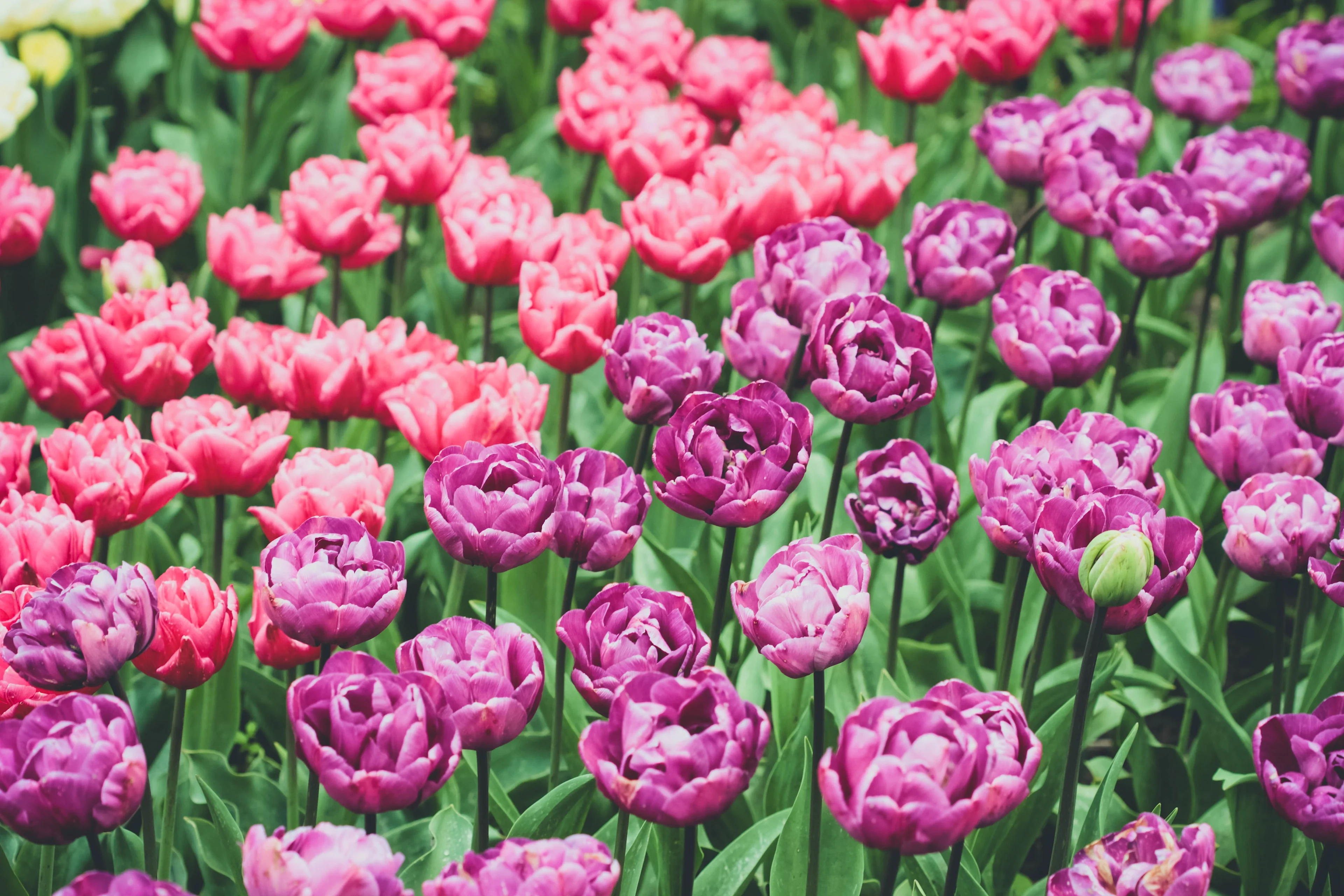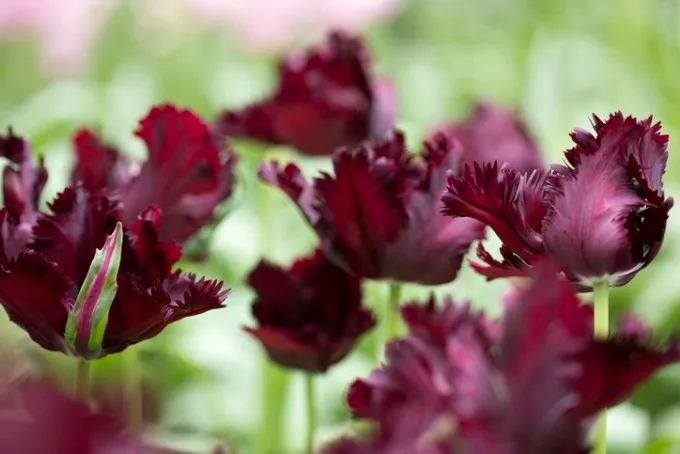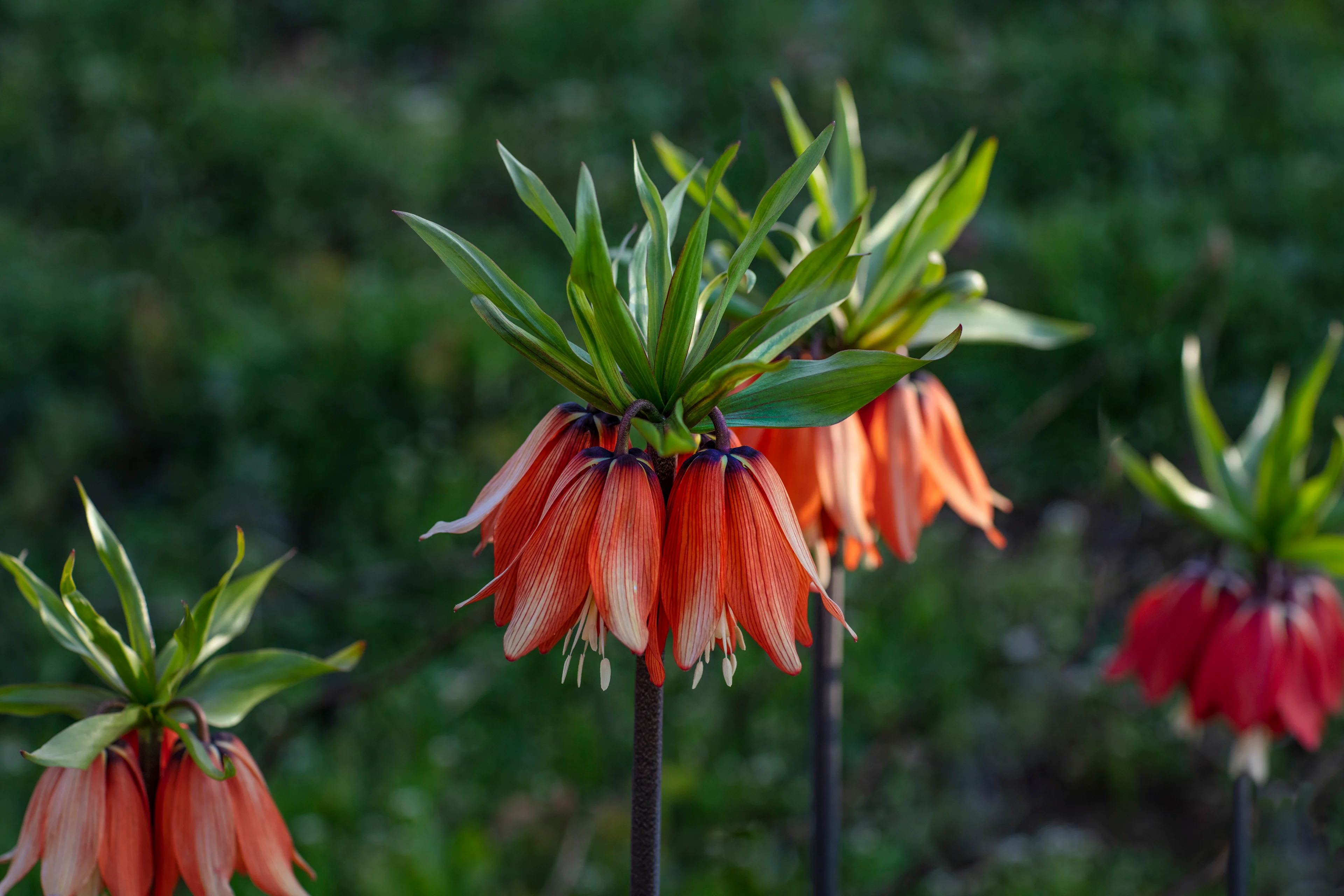
Photos: The world's most unusual tulips
These aren't your typical spring blooms.
Spring is here, and with it comes tulip season. You probably know that tulips come in a variety of shapes and colours, but their range and diversity may surprise you.
There are more than 3,000 tulip varieties, and some of them don't look anything like your standard tulip.
We've assembled a list of some of the more unusual tulip varieties, for your viewing pleasure.
Enjoy!
CRISPA TULIP

These cup-shaped blooms have spiked fringes and are sometimes referred to as "tulips for touch" because people often feel compelled to inspect the tulip's fringes with their hands. Crispas are perennials that are often found in wooded areas. They bloom late in the season.
KAUFMANNIANA TULIP

Also known as water lily tulips, Kaufmanniana tulips can be identified by their short stems and large blooms. They are native to Turkistan and were introduced to Europe in 1877. You can find them in almost every colour, except for blue.
DOUBLE TULIP

A double tulip is a tulip with extra petals, making it look fluffier and denser than your standard tulip. Experts often say they're more vibrant in colour -- but that could be simply due to the higher concentration of petals.
BLACK PARROT TULIP

Black parrot tulips are notable for their feather-like petals, which open wide enough in the sunlight for the flower to appear nearly flat. You'll find them blooming in the late spring.
RAINBOW TULIP

Rainbow tulips get their vibrant colours with a little help from humans. Rainbow tulips are "stem dyed", and pick up their vibrant hues from the coloured water they're placed in.
REVERSE TULIP

Also known as crown imperials, reverse tulips are native to elevated, rocky regions in eastern Turkey.
Locally, they're referred to as "the weeping bride" by locals because traditionally they represent brides who have been separated from their husbands.
All photos courtesy of Getty Images.






